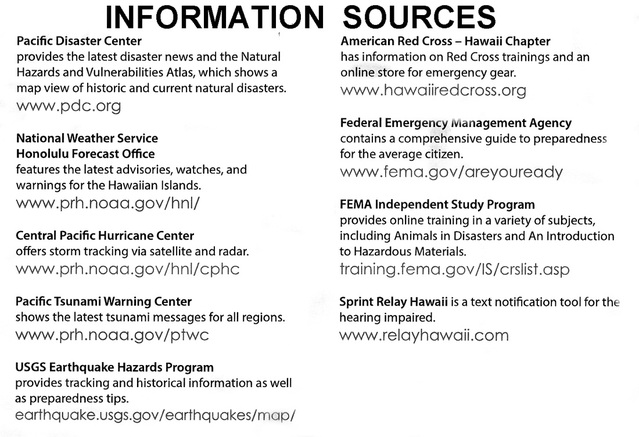Disasters and Civil Defense
Flooding on Maui
Stream flooding on Maui is not only common, but is the very agent responsible for making it famous as the Valley Island. The deep V-shaped valleys of west Maui have been carved by over one million years of stream flow. Along the eastern half of Maui, the mountains and valleys are much younger and as a result the valleys and streams are not as well developed. Most of the streams cut steeply down to the narrow coastline of Hana, often in cascading waterfalls. Annual rainfall is greatest (360 inches) at the summit of west Maui and nearly as high (280 inches) along the flanks of east Maui just below the trade wind inversion.23 Rainfall tapers off dramatically toward West Maui and Haleakala and is lowest (<15 inches) in the vicinity of Kihei and Lahaina. Despite the general trend of fewer historic stream floods along the arid south slope of Haleakala and more frequent severe floods in the wetter regions of central Maui, flooding in dry areas such as west and southwest Maui is common. Flooding in areas around Lahaina and Kihei are in part a result of the abrupt transition in slope at the base of the highlands and the behavior of flash flooding. Many historic floods in these two areas occurred after heavy precipitation at higher elevations that fed narrow stream channels, and channelized drainages near the arid coast, to the point of overflow. Flash floods due to heavy precipitation, in some cases equaling the average annual maximum, have occurred throughout the historical record. During the week of January 14-22, 1990, over twenty inches of rain fell on many parts of Maui causing significant flooding in the coastal zone.24 The north central portion of Maui and the Hana coast, however, have the greatest stream flooding histories. Nearly once a decade, a major flood emanates from Iao Valley bringing sheets of water down into the urban centers of Kahului and Wailuku. Events such as on November 30, 1950, and November 2, 1961, produced enormous volumes of stream discharge out of the Iao Stream Valley and generated sheet flows on the coastal plain below.25 In addition to flooding from stream channels, portions of Maui, notably the Lahaina regions and Kihei, are vulnerable to standing surface water flooding that refuses to drain into the ground. This may interrupt transportation and damage low elevation buildings. Standing surface water develops after intense rainfall events where poor soil permeability and urbanization prevent adequate drainage. Along the road to Hana, temporary road closures are common due to flash floods and mudslides from the steeper slopes of East Haleakala. Source: Page 9 http://www.soest.hawaii.edu/coasts/publications/shores/6Streams_and_rockfalls_FLETCHER-final.pdf |
|
Our Vision
The vision of the Kula community Association is to preserve open space, support agriculture, maintain a rural residential atmosphere, and to work together as a community. The specific purpose of this association is to improve the quality of life for the residents of Kula, to promote civic welfare and generally to benefit the community of Kula. |
Kula Community Association
P.O. Box 417 Kula, Maui, Hawaii 96790 Webmaster: Chuck Carletta Please use "Contact Us" form to send your message. Photo Credit: Dawn Jernaill, St. John's Church photo in headers. |



